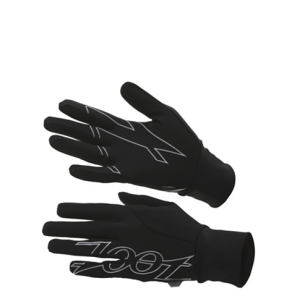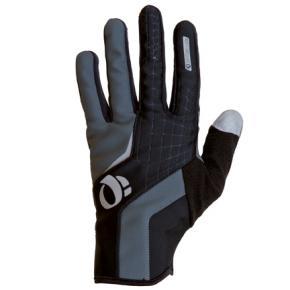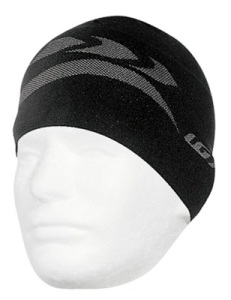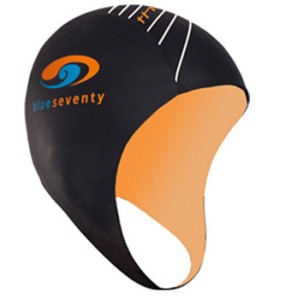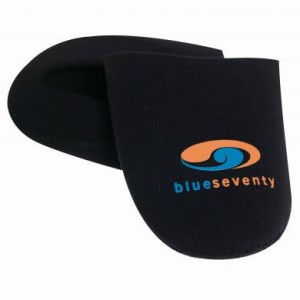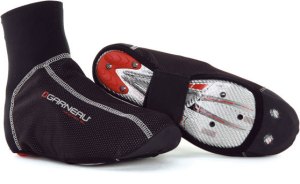Optimal planning for peak performance
This article was contributed by Coach Gareth Thomas, coach and advisor to world and national champion endurance athletes. At the heart of his success, has been the use of blood lactate and VO2 testing to ensure that his athletes trained smart at every workout. Gareth is the “results” coach and his resume speaks for itself. He is regarded as a leading authority on metabolic testing and its application to endurance athletes.
To learn more about Coach Gareth Thomas, visit www.coachgareth.com.
All athletes seeking to maximize their development need to employ the theory of Periodization for several key reasons:
First, a regular change of stimulus keeps the body adapting under the “stress + rest = adaptation” model. If you keep doing the same thing over and over you will get the same results and progress will be halted. Periodization allows you add more “stress” to an athletic training program in many different ways then to rest and absorb this stress before adding another “load”. Stress in athletic terms can be thought of in a few different ways:
• Volume: the total amount of workload – often measured in hours of training in total
• Intensity: how hard or easy the training stimulus is – remember that Technique training also has a big impact on intensity
• Frequency: how often the athlete is training
• Recovery: how much “down time” is built in to the program will affect how a certain volume of training feels to the athlete. Remember that “Training + Rest = Performance”
Periodization lays the building blocks of athletic development in the correct order. I still think that the simple fitness pyramid model makes sense. First build a platform and solid base to your pyramid structure. Make this base really strong and secure as it is the foundation of everything else that follows. Next add strength so that the body is ready to start to work hard. Once you are strong, your endurance is good and techniques sound then, and only then, add speed. Once you have developed some speed put it under pressure by forcing that speed to become explosive, which means developing power. Then taper, rest and go race at your peak. My experience tells me that athletes who don’t follow these rules limit the height to which their performance can soar. A pyramid with a weak infrastructure often leads to a collapse under pressure – the pyramid crumbles and the athlete gets injured or under performs.
 Periodization takes you from Point A to point B, systematically so you peak on the right day. So the starting point of every plan is to know where you want to end up. That is, what is the goal? When do you need to be at your best? From here you can plan backwards so you have points along the way that tell you whether you are on or off track to hit your goal.
Periodization takes you from Point A to point B, systematically so you peak on the right day. So the starting point of every plan is to know where you want to end up. That is, what is the goal? When do you need to be at your best? From here you can plan backwards so you have points along the way that tell you whether you are on or off track to hit your goal.
Periodization allows you to focus on, and therefore maximize, the development of specific fitness components one at a time. We now know what type of training we need to do in each phase to build the athlete systematically to a peak. So use your periodization plan with confidence. Focus on the goal of each phase of the plan.
Perhaps the best recent example of an athlete who used periodization to it’s fullest was super cyclist, Lance Armstrong. Lance peaked every year in July for the Tour de France for seven straight years. He knew exactly what level of fitness he needed to have to win in July and worked slowly towards it keeping track of progress along the way. He knew where his fitness needed to be in each month prior to the race and took confidence from this knowing that it had worked for him in years gone by. He also gained confidence from seeing his competitors’ performance not being timed correctly. Often his competitors peaked too soon and were burned out when the true race started.
When building a Periodization plan keep one thing in mind.….. Change is constant. Plans will need to be flexible as things go wrong, athletes get sick and other stuff just happens, so build in some leeway from the start so you have extra time to play with if needed. Be prepared to modify the plan if things are not working.
Periodization plans cover various periods of time. For most athletes we think of a season at a time, focusing on a few key races that we want to peak for. Within this we build smaller phases of training to work on specific elements of fitness. These smaller phases can be broken down in to blocks of weeks or even a few days. Remember that recovery is always built in to each phase.
I tend to work in 3-week blocks for most non-professional athletes. I use a system of 2 weeks “on” followed by a week of “active recovery”. This tends to work very well for athletes with families and standard working lives where training has to fit a routine and happen on certain days of the week. I try to add no more than 10% to the total workload each week so if week one was 10 hours of training then week 2 would be 11 hours and week 3 perhaps 7 hours to allow for some extra recovery.
In general, every athlete gets at least one day of complete rest per week and in a recovery week often 2 days off. Furthermore, each week I space out the key sessions so that the athlete is as fresh as possible when they need to be. Think along the lines of hard day, easy day, hard day, day off and you won’t go far wrong. Something like….
 Another key point is that typically as intensity rises, volume needs to decrease. Often we start with a lower intensity training stimulus and then add more of this same stimulus/ volume to create more endurance. Next we start to add intensity. There then comes a point when we need to add yet more intensity to create an adaptation in the athlete and at this point often we need to reduce over training volume so that the athlete does not get over fatigued. Each athlete is different in what level of volume and intensity they can combine and hold so an individual approach has to be taken.
Another key point is that typically as intensity rises, volume needs to decrease. Often we start with a lower intensity training stimulus and then add more of this same stimulus/ volume to create more endurance. Next we start to add intensity. There then comes a point when we need to add yet more intensity to create an adaptation in the athlete and at this point often we need to reduce over training volume so that the athlete does not get over fatigued. Each athlete is different in what level of volume and intensity they can combine and hold so an individual approach has to be taken.
Here is a very simple periodization plan for an athlete who wants to peak for one key race…


